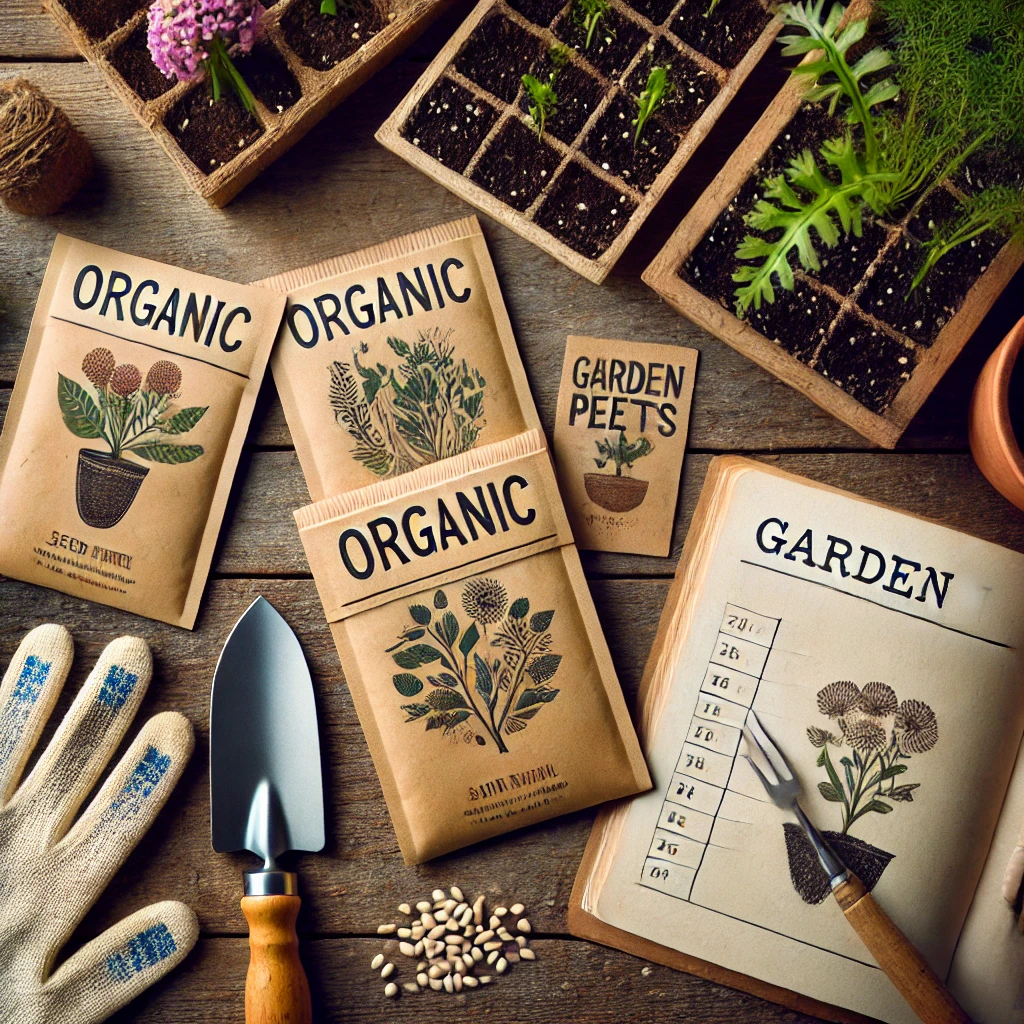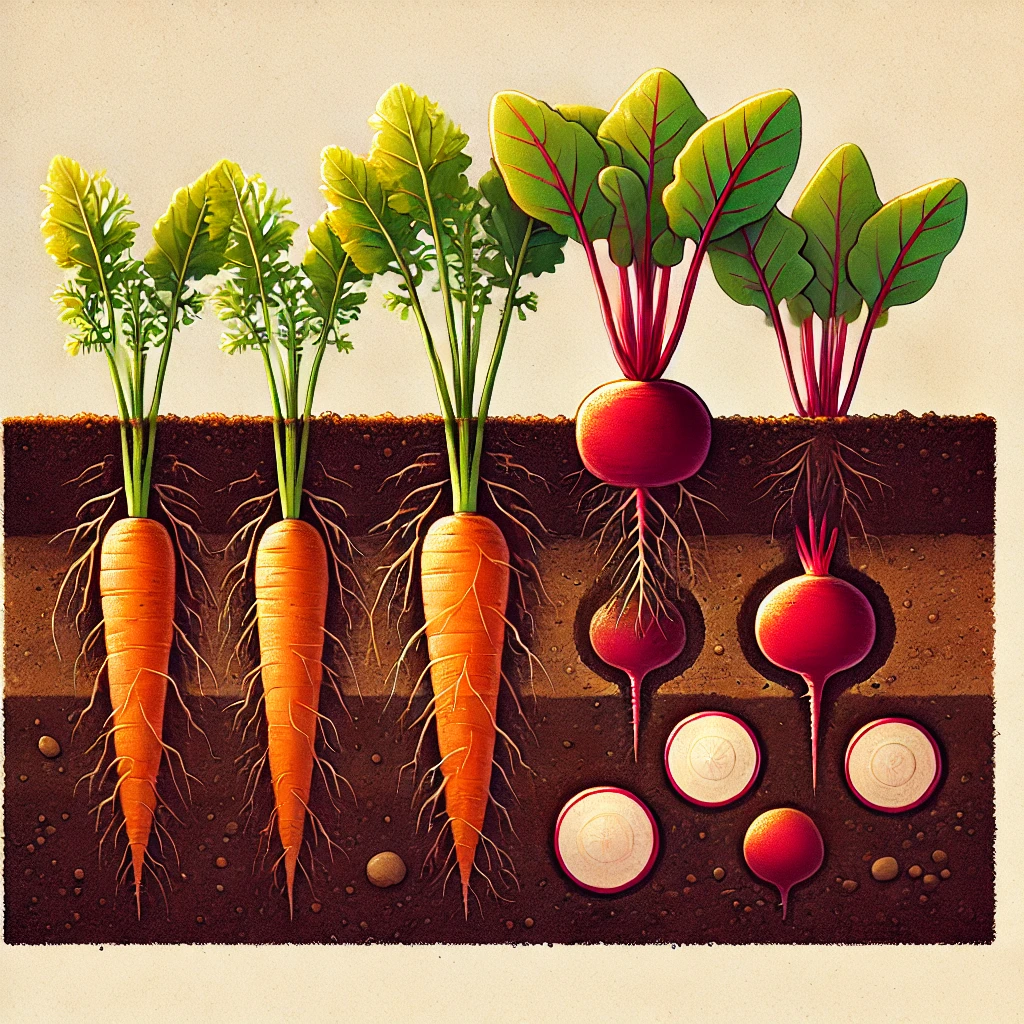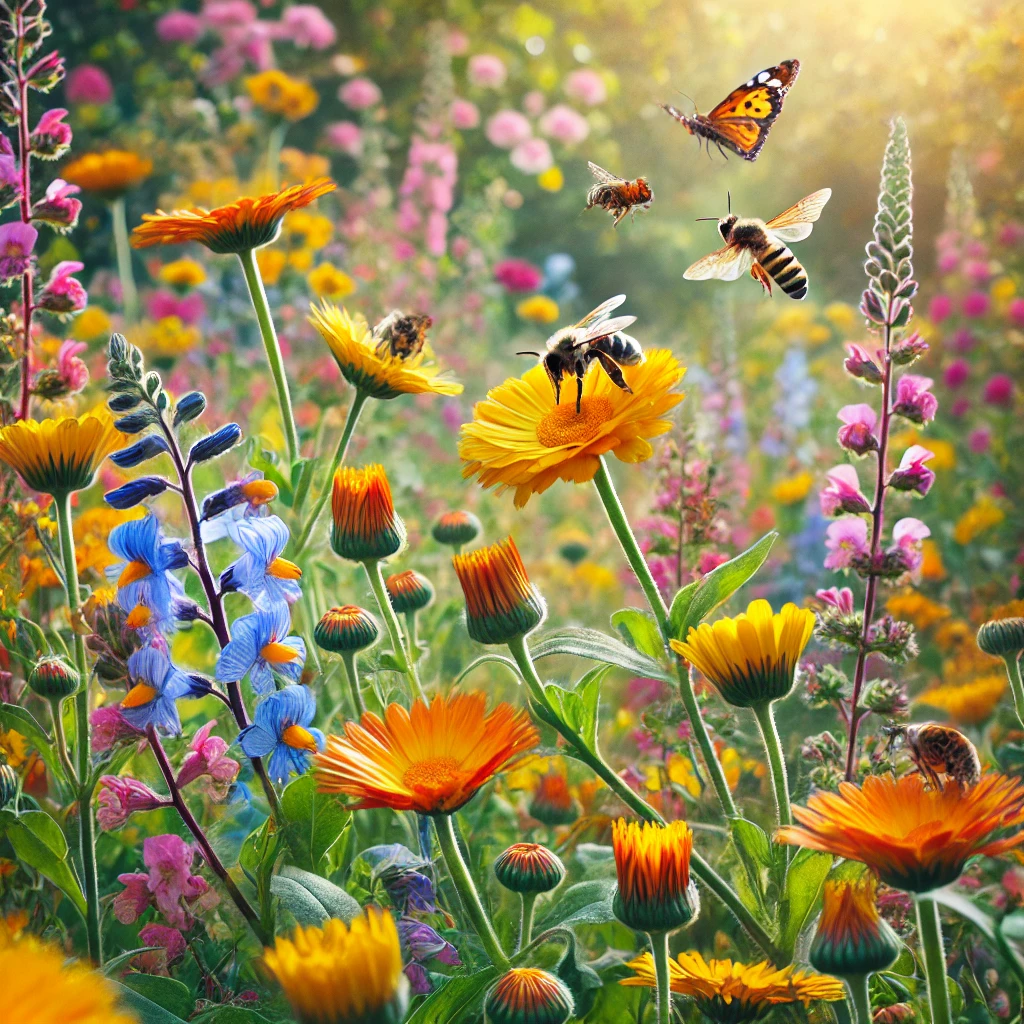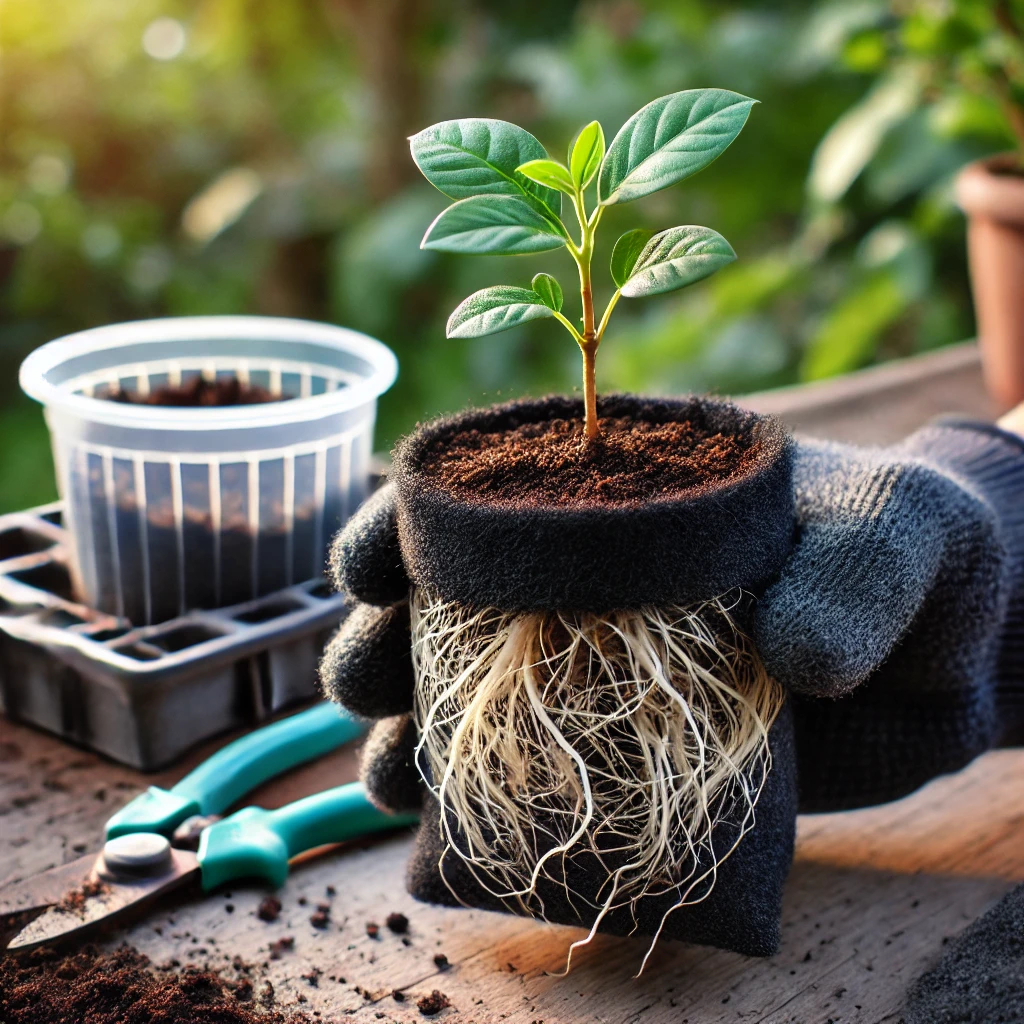A New Season, A New Beginning
Every season brings a unique opportunity to grow—not just plants, but knowledge. As you prepare your garden, it’s worth asking: What are the best seeds to plant right now, and how can I ensure they thrive?
Whether you’re an experienced gardener or just starting out, choosing the right seeds for this time of year is key to a thriving, bountiful space. Let’s explore what to plant now and uncover some deeper questions that can guide you to a more successful and sustainable garden.
Best Seeds to Plant This Season
1. Leafy Greens: A Quick and Rewarding Harvest
If you want fresh, homegrown greens without a long wait, leafy greens are a great choice. They thrive in mild temperatures and can be harvested multiple times.
🌱 Best choices: Spinach, kale, lettuce, arugula, Swiss chard
☀️ Ideal conditions: Partial to full sun, well-draining soil
💡 Pro tip: Successively plant every two weeks for a continuous harvest.

🔎 Something to Research:
What are the differences between heirloom, hybrid, and GMO seeds, and how do they impact nutrition and sustainability?

2. Root Vegetables: Plant Now, Enjoy Later
Root vegetables may take longer to mature, but they are packed with nutrients and store well for future use. These underground growers are perfect for cooler seasons.
🥕 Best choices: Carrots, radishes, beets, turnips
☀️ Ideal conditions: Loose, sandy soil with consistent moisture
💡 Pro tip: Thin seedlings early to give roots room to develop.

🔎 Something to Research:
Why do some root vegetables become misshapen or split, and how can soil conditions prevent this from happening?

3. Herbs: Fresh Flavor, Minimal Effort
Herbs are an easy way to add fresh flavors to your cooking, and many grow well even as temperatures fluctuate.
🌿 Best choices: Cilantro, parsley, dill, chives, thyme
☀️ Ideal conditions: Plenty of sunlight, moderate watering
💡 Pro tip: Regular trimming encourages bushier growth and prevents bolting.
🔎 Something to Research:
What are the medicinal benefits of common culinary herbs, and how have different cultures used them historically?

4. Hardy Flowers: Beauty That Lasts
Flowers not only enhance your garden’s beauty but also attract beneficial pollinators that help fruits and vegetables thrive.
🌸 Best choices: Pansies, calendula, snapdragons, violas
☀️ Ideal conditions: Well-draining soil, partial to full sun
💡 Pro tip: Deadhead spent blooms to encourage continuous flowering.

🔎 Something to Research:
How does planting native flowers support local ecosystems and pollinators like bees and butterflies?

Why Use Felt Planting Bags Instead of Regular Pots?
While traditional pots work fine, felt planting bags offer several benefits that can improve your garden’s success.
✅ Better Drainage & Aeration: Felt fabric allows excess water to escape, preventing root rot and promoting healthier growth.
✅ Stronger Roots: Unlike plastic pots, fabric bags encourage air pruning, which leads to stronger, more fibrous root systems.
✅ Easy to Move: Lightweight and flexible, felt bags can be shifted around to optimize sun exposure.
✅ Eco-Friendly: Many are made from recycled materials and reduce the need for plastic.

🔎 Something to Research:
How does air pruning in fabric pots improve plant growth compared to traditional plastic pots?

Final Thoughts: Growing Beyond the Garden
Gardening is more than just planting—it’s a continuous learning experience. The more you explore the why and how behind plant growth, soil health, and sustainability, the more rewarding your gardening journey becomes.
So, what will you plant this season? And more importantly, what will you learn? 🌱
Continued Reading & Further Research
Curious to dive deeper into gardening techniques and sustainable practices? Here are some valuable resources to expand your knowledge:
🌿 Understanding Seed Types: Heirloom vs. Hybrid vs. GMO
Seed Savers Exchange – What’s the Difference?
🥕 Preventing Misshapen and Split Root Vegetables
University of Minnesota Extension – Growing Root Vegetables
🌱 Medicinal Uses of Common Culinary Herbs
Herbal Academy – Guide to Medicinal Herbs
🐝 How Native Plants Support Local Ecosystems
Xerces Society – Native Plants for Pollinators
🪴 The Science of Air Pruning & Fabric Pots
Bootstrap Farmer – Air Pruning Explained
These resources will help deepen your gardening knowledge and refine your techniques, whether you’re growing food, flowers, or a sustainable future. 🌎








